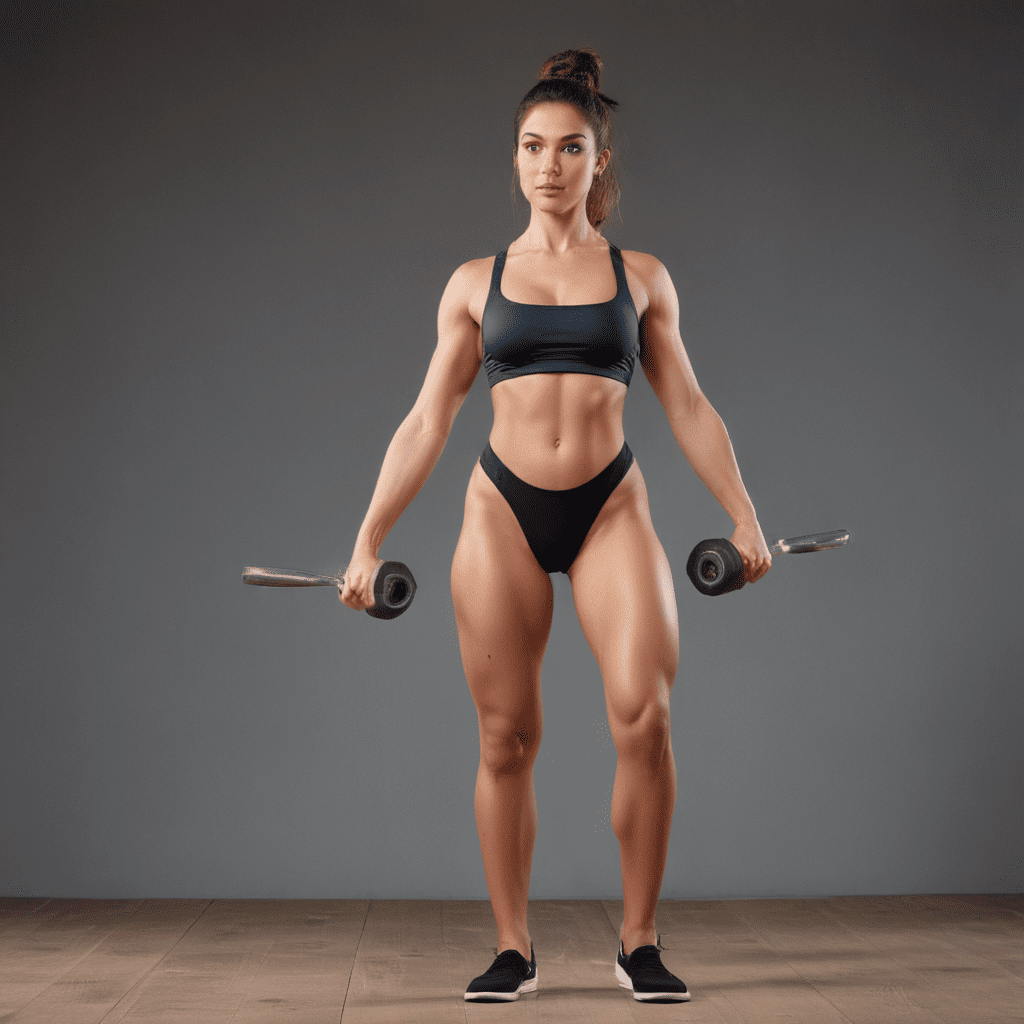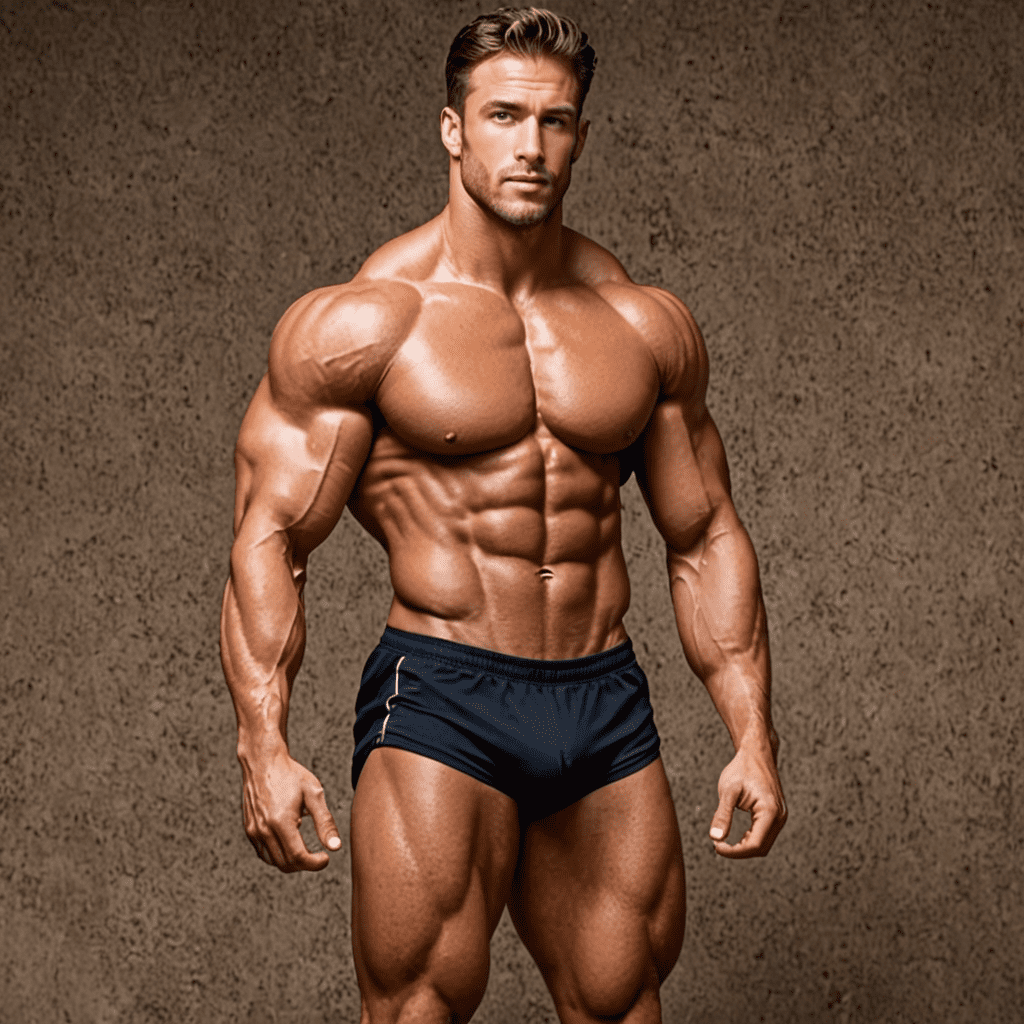
I. Introduction
Why Proper Posture Matters for Weightlifters
For weightlifters, proper posture is not simply about aesthetics; it's essential for maximizing performance, preventing injuries, and promoting overall well-being. Maintaining a strong and aligned posture throughout your lifts allows for efficient movement patterns, reduces stress on your joints, and helps you lift heavier weights with greater control.
Benefits of Improved Posture:
Reduced Risk of Injury: Proper posture minimizes the strain on your muscles, ligaments, and joints, significantly reducing your risk of experiencing injuries such as back pain, shoulder impingement, and knee problems.
Increased Lifting Efficiency: When your body is properly aligned, you can generate more power and control during your lifts, leading to better results and faster progress.
Improved Overall Strength and Stability: Good posture strengthens your core muscles, which act as the foundation for all movement. This enhanced core strength improves your overall stability and balance, allowing you to lift more weight with greater confidence.
II. Common Posture Issues in Weightlifters
Several common posture problems can affect weightlifters, each with its own potential consequences.
Common Issues:
Rounded Shoulders: This occurs when the shoulders roll forward, causing a hunched appearance. Rounded shoulders can lead to neck pain, limited shoulder mobility, and increased risk of rotator cuff injuries.
Excessive Forward Head Posture: When the head juts forward, it strains the neck muscles and compresses the discs in the cervical spine. This can lead to headaches, neck pain, and even upper back pain.
Swayback or Hyperlordosis: This excessive inward curvature of the lower back strains the lower back muscles and can contribute to pain and instability.
- Weak Core Muscles: A weak core compromises your overall stability and increases the risk of injury during lifts.
III. Assessing Your Posture
Evaluating your posture is crucial for identifying areas that need improvement. Here are two simple methods you can use:
Self-Assessment Methods:
The Wall Test: Stand with your back against a wall, feet shoulder-width apart. Your head, shoulders, glutes, and heels should touch the wall. If there is a significant gap between your lower back and the wall, you may have an excessive lumbar curve.
Photographic Analysis: Take a photo of yourself from the side, standing tall. Look for any deviations from a straight line from your earlobe through your shoulder, hip, knee, and ankle. This can help identify posture issues like rounded shoulders or forward head posture.
IV. Exercises for Improving Posture
By incorporating specific exercises into your routine, you can target different areas of your body and improve your overall posture.
Recommended Exercises:
Neck and Shoulder Strengthening: Exercises like rows, face pulls, and external rotations strengthen the muscles around your shoulders and neck, improving posture and reducing the risk of injury.
Back and Core Stabilization Exercises: Planks, side planks, and bird-dogs strengthen your core muscles, providing stability for your spine and improving overall posture.
Hip Flexor and Hamstring Stretches: Tight hip flexors and hamstrings can contribute to poor posture. Include stretches like lunges, hamstring stretches, and pigeon pose to improve flexibility and reduce muscle imbalances.
V. Addressing Specific Issues
In addition to general posture improvement exercises, targeted exercises can address specific posture problems.
Exercises for Specific Issues:
Rounded Shoulders: Exercises like wall slides, reverse flyes, and scapular retraction can help stretch and strengthen the muscles around your shoulders, improving posture and reducing rounded shoulders.
Forward Head Posture: Chin tucks and neck stretches can help strengthen the muscles that support your head and neck, reducing forward head posture.
Swayback: Exercises like bridges, glute bridges, and planks can help strengthen your core and glutes, reducing the excessive curvature in your lower back.
VI. Breathing Techniques
Proper breathing plays a crucial role in maintaining good posture. When you breathe deeply, your diaphragm engages, pulling your ribs down and stabilizing your spine. This creates a natural support system for your body, improving your posture and reducing the risk of injury.
Breathing Exercises for Posture Improvement:
Diaphragmatic Breathing: Lie on your back with your knees bent and a pillow under your head. Place one hand on your chest and the other on your stomach. As you inhale slowly through your nose, focus on filling your belly with air. You should feel your stomach expand, while your chest remains relatively still. Exhale slowly through your mouth, contracting your abdominal muscles to push the air out. Repeat for 5-10 minutes.
Pursed-Lip Breathing: Sit or stand tall with your shoulders relaxed. Inhale slowly through your nose for a count of 4. Purse your lips as if you are about to whistle and exhale slowly through your pursed lips for a count of 6. Repeat for 5-10 minutes.
VII. Mobility and Flexibility
Mobility refers to the range of motion in your joints, while flexibility refers to the length of your muscles. Both are essential for optimal posture and performance.
Importance of Mobility and Flexibility:
Increased Range of Motion: Good mobility allows you to move freely and efficiently through a full range of motion, reducing the risk of injury.
Reduced Muscle Tension: Tight muscles can pull your joints out of alignment, contributing to poor posture. Stretching and mobility exercises help release muscle tension and improve flexibility.
Enhanced Performance: Improved mobility and flexibility allow for greater control and power during your lifts, leading to better results.
Dynamic Stretches and Mobility Drills:
Arm Circles: Make small circles with your arms, gradually increasing the size of the circles.
Leg Swings: Stand tall and swing one leg forward and backward, keeping your core engaged. Repeat with the other leg.
Cat-Cow Stretch: Start on your hands and knees, with your back flat. As you inhale, arch your back like a cat, tucking your chin towards your chest. As you exhale, round your back like a cow, dropping your head down. Repeat for 5-10 repetitions.
VIII. Ergonomics and Lifting Technique
Maintaining good posture while lifting weights is crucial for preventing injuries and maximizing your results. Here are some key points to remember:
Maintaining Proper Posture During Lifts:
Grip and Stance: Use a grip that is comfortable and allows you to maintain a neutral wrist position. Stand with your feet shoulder-width apart, toes slightly pointed outward.
Neutral Spine: Keep your spine in a neutral position throughout the lift, avoiding excessive arching or rounding. Engage your core muscles to support your spine.
Controlled Movements: Lift and lower the weights with slow, controlled movements. Avoid jerky or sudden movements.
- Use a Spotter: If lifting heavy weights, always use a spotter to assist you and ensure safety.
FAQ
How often should I do posture exercises?
Aim to perform posture exercises at least 3-4 times per week, ideally after your weightlifting workouts.
Can I improve my posture without exercise?
While exercise is essential for improving posture, there are other things you can do, such as maintaining good sitting and standing posture throughout the day, using ergonomic equipment, and avoiding prolonged periods of inactivity.
How long does it take to see results from posture exercises?
With consistent effort, you can start to see improvements in your posture within a few weeks. However, it's important to remember that posture improvement is an ongoing process, and it requires ongoing attention and effort.


